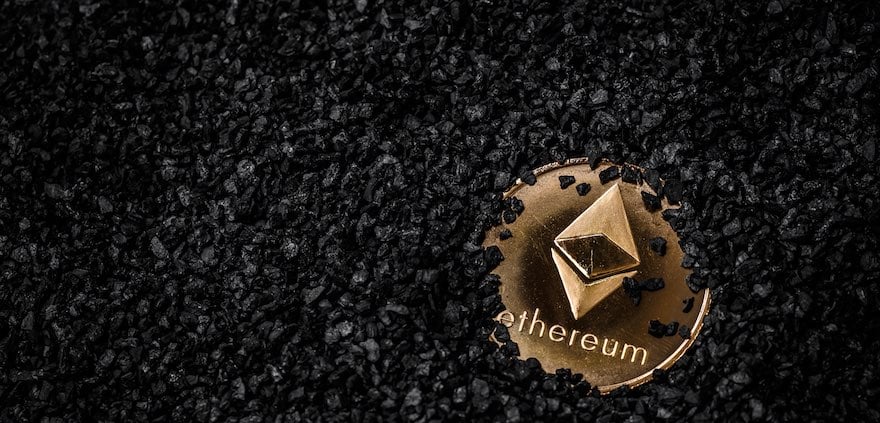
Investors from Asia have been active investors in cryptocurrency. This was particularly true with Bitcoins and China. Around 2013, China was one of the major driver with regards to the price of Bitcoins. With increasing numbers of crypto currencies hitting the market, the Chinese considered this as an alternative investment channel. When the regulators sensed a clear risk with initial coin offerings, there was a regulation in China because of which it was not possible for websites operating cryptocurrency exchanges to hold bank accounts.
Are Cryptos Securities or Commodities
The fact that crypto mining consumed larger units of electricity and several computers that were purpose built for mining was a matter of concern for the Chinese government. The classification factor of this investment has been of constant debate in several jurisdictions. Many are not still sure if crypto currencies should be considered to be as securities or commodities.
Explanations Buzzing Around Crypto
Some think that cryptocurrency are digital assets. However, both of them are completely two different things. Projects like Sandbox of Xinfin have to say that their XDCE is used in Asset Tokenization. Therefore, it is very important to exactly understand the difference between cryptos, digital assets, asset class and a range of other explanations buzzing around the different types of ICOs.
Digital Asset Different From Crypto
A digital asset is a text or media that is formatted in to a binary source. A cryptocurrency is a digital currency that makes use of the encryption techniques to generate the unit of cryptocurrency. In a digital asset the binary source includes the right to use it. Anything from motion pictures, documents or any data that one can think of is a digital asset. Whereas, the encryption technology makes use of encryption techniques to verify and document the transfer of funds. Bitcoins are issued in blockchain technology, that work with private key, public key or hybrid keys. So, they are both different from each other.
Theoretically speaking, as many digital assets as possible can be created, literally, infinitely. However, there is a market cap on the minting of the cryptocurrency. There is time stamping in crypto, but there is nothing like that in digital assets. Both cryptocurrency and digital assets have a stored value; however, they are completely different from each other.
Transaction Transparency
The transaction transparency has led cryptos to serve as reliable crowd funding channel for several governments, private beneficiaries, suppliers and more. Financiers, suppliers and beneficiaries interact via these platforms to fulfil their share of investment and fund raising requirements through the channel.
Despite the known advantages, this asset comes with considerable amount of risk. It is yet to be approved as an exchange traded fund. Regulators are looking deep in to the determining the classification of this asset class and they are studying its feasibility with respect to making it in to a main stream currency in the long run. However, mining operators are not waiting for the regulators, they continue to issue ICOs and there are new types of coins cropping in the industry. Regardless of whether they are crypto or security. This asset class is here to stay.


Get the latest Crypto & Blockchain News in your inbox.